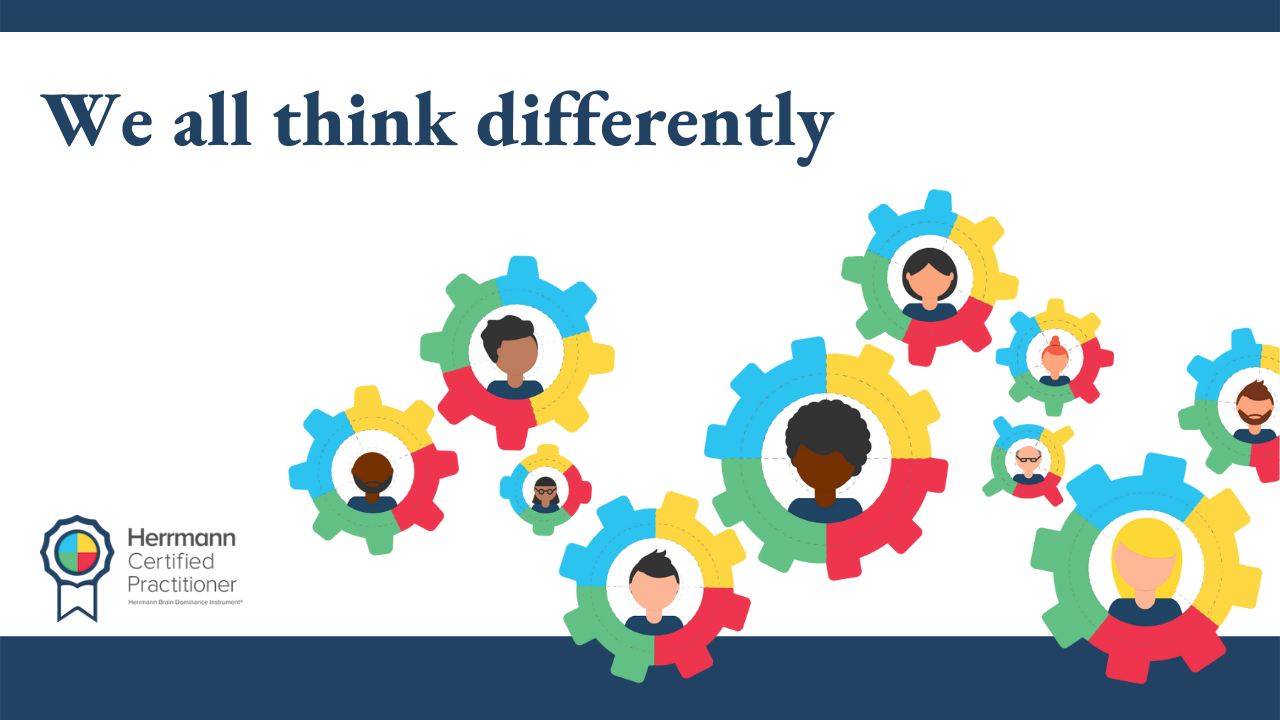Effective communication is vital for ensuring work health and safety (WHS) in any workplace. However, numerous barriers can prevent effective WHS communication, leading to inadequate safety measures, accidents, and injuries. Some common safety communication barriers include language barriers, lack of training and education, cultural differences, and inadequate communication channels. These barriers can result in misunderstandings, misinterpretations, and miscommunications between workers and management, hindering the implementation of effective WHS goals, policies and procedures. Overcoming these barriers requires a concerted effort from all stakeholders involved in the effective safety communication process to identify, address, and eliminate any potential obstacles that may hinder effective WHS communication. This includes providing adequate training and education, promoting a culture of safety in the workplace, utilizing multiple communication channels, and implementing effective feedback mechanisms to ensure that workers understand the importance of WHS and their role in maintaining a safe working environment.
Communication is one of the vital components of organisational success to achieve WHS goals. The purpose of the WHS communication is to update employees on new strategies to resolve WHS issues. Some of the communication can be sharing of WHS information, policies, and procedures related to Workplace Health and Safety. However, communication should always be a two-way process.
Therefore, it is important to establish, effective communication mechanisms that will suit your particular organisation or business. This can be done by consulting workers. Our safety legislation’s states “Employers must consult their workers, and consultation mechanisms must be determined by consultation with the workers”. These mechanisms will allow employers to identify the best communication mechanism to conduct regular communication on work health and safety.
Power of Effective Safety Communication
Effective safety communication, contributes to WHS goals and targets. It:
- Build employees trust, commitment and loyalty,
- Increases employee confidence, satisfaction and participation,
- Increases knowledge of the workers in organisational health and safety policies and procedures,
- Empower workers in effective communication,
- Reduces workplace injuries, accidents and incidents,
- Decreases time spent on documenting investigations,
- Assist in workplace compensation claims,
- Improves WHS policies, procedures
Downsize of Ineffective Communication
Ineffective communication impacts the WHS goals and targets. It increases:
- Mistrust,
- Employee turnover,
- Accidents, incidents and injuries,
- Worker compensation claims,
- Anger and hostility,
- Damage to equipment,
- Impairs the relationships.
Safety Communication Barriers
Most of the communication barriers that employees encounter as a result of minor misinterpretations and misunderstandings among themselves. Uncertainty, anxiety, and a stressful work environment are also communication barriers. We have to accept the fact that each individual has a different personality and hence everyone’s view and way of working and the way how they communicate is different.
Below are the most common WHS communication barriers that are encountered in the industries and also guide how to overcome this.
Lack of confidence at the workplace
It is one of the major issues encountered by many employees in a workplace. Lack of confidence is not just experienced by new employees but many people at all levels of position and competence at the workplace. The main reason for this issue is because there are different personalities, thought processes and some people may feel undervalued, not considered and experience discomfort at the workplace. This impacts teamwork and collaboration in WHS. As a result, employees will not be keen to participate in safety processes.
Stereotypes and generalisation
This can affect accurate perception among employees. Whenever someone relates people with stereotypes, they might not get their clearer view of their personality and thought processes. We have to inform the employees not to have bias or preconceptions for other individuals because assuming something is far different from the fact.
Lack of clarity in safety communication
Lack of clarity is one of the commonest barriers in WHS communication. One can overcome this communication barrier by making sure that we speak with clarity and avoiding ambiguity. We can also communicate WHS information by considering employees thinking preferences and needs.
Lack of clarity and ambiguity is not only a barrier in communication but also can be a demotivating factor for the employee’s behaviour in regards to health and safety.
Irregular conversations related to WHS
One must have regular conversations related to WHS with employees regularly. Irregular communication can lead to stress and lack of confidence and trust. If conversations are irregular, you might not develop enough confidence in addressing WHS issues. This barrier can be overcome by arranging meetings such as daily meetings, prestart and WHS Committee.
Inadequate listening
There is a lot of difference between hearing and listening.
Communication is a two-way process and not listening is the biggest hurdle ineffective communication as people usually jump to assumptions and makeup things without confirmation. This can be overcome by providing WHS resource materials, providing proper WHS training and actively listening during meetings.
Dishonesty
Honesty is one of the important elements in maintaining relationships and trust. It can prove to be a big communication barrier as people do not wish to communicate with people who are dishonest as they discover that someone is not honest about what they say no one would likely listen to them even if they are being honest. This can really become a problem in all cases and this barrier can be overcome by stressing the importance of honesty and making it a core value in your business.
Structuring WHS Communication Strategy
In order to develop a WHS communication strategy, employers should begin by linking communication to the WHS strategic plan. This includes the mission, vision, values, goals and objectives. Effective WHS communication strategies include utilising proactive methods.
A WHS communication strategy includes the following elements:
Effective Message: Highly effective strategies include strategic messages from top-down, with executives setting the tone for a cascading series of WHS messages. The messages need to be sent by considering the employees thinking preferences.
Allocate Budget: A budget will assist for the use of various types of communication mechanisms depending on the message and any unique WHS issues related with it.
Effective Process: A process will assist the organisational leaders to evaluate the need to communicate, messages cascaded and method for generating feedback. This will shape continuation of WHS messages.
Customise the message: A customised WHS messages based on the employee’s needs, will make communication materials to be understood easily.
Barriers in WHS communication do exist in all organisations to some or other extent, however, they must be overcome daily so the effective safety communication is maintained and continuously achieve higher standards.
WHS and Training Compliance Solutions Pty Ltd offer HBDI assessment. Understanding Whole Brain® model, thinking preferences will assist your organisation to achieve WHS strategic goals, strategies and targets. Contact us for a detailed consultation.
Access work, health and safety, and books from Amazon are all available for your convenience and accessibility. Whether you need to access important work documents, ensure your health and safety protocols are in place, or indulge in a good book, Amazon has got you covered. With a wide range of options and resources at your fingertips, you can easily find what you need and make the most of your online experience. So, whether you’re a professional looking to stay productive, a safety-conscious individual prioritizing well-being, or simply a book lover seeking literary adventures, Amazon has everything you need to fulfill your requirements and interests.













